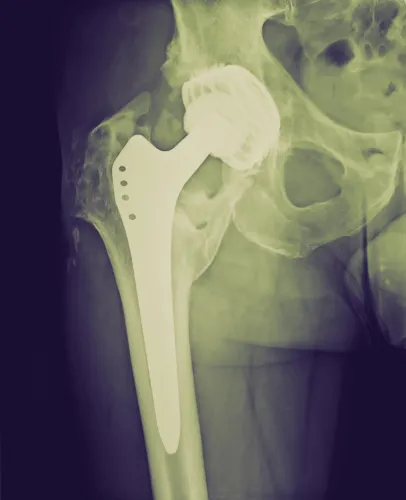Walk Correct Coding Path With Clavicular Fractures
Remember difference between open and closed treatments. Patients presenting to the orthopedist with clavicular fractures could possibly present several coding hurdles. If you’re up to speed on all the relevant terms, however, these procedures aren’t as much of a load to shoulder. Challenges: Knowing the difference between an open and closed fracture treatment is elemental when choosing the correct code; also, you’ll need to know when the surgeon used manipulation, or you run the risk of choosing the wrong code. Check out this advice from those in the know about how to report these clavicular injuries correctly each time. No Surgical Opening = Closed Tx If the orthopedic surgeon diagnoses a patient with a clavicular fracture, you’ll first need to decide whether she uses an open or closed treatment. When the treatment is closed, you’ll choose from 23500 (Closed treatment of clavicular fracture; without manipulation) or 23505 (… with manipulation) for the procedure, confirms Marcella Bucknam, CPC, CCS-P, COC, CCS, CPC-P, CPC-I, CCC, COBGC, revenue cycle analyst with Klickitat Valley Health in Goldendale, Washington. “Closed treatment is treatment of the fracture without surgical opening of the skin and tissue above the fracture site,” explains Bucknam. More tips: On a closed treatment, “the notes may state that the fracture was nondisplaced, and only conservative treatment is necessary,” explains Lynn M. Anderanin, CPC, CPMA,CPPM, CPC-I, COSC, senior director of coding education at Healthcare Information Services in Park Ridge, Illinois. Once you decide that the provider performed closed treatment, you’ll next want to find out whether or not she used manipulation. “If the fracture is displaced — the bone is not in the right location — then it has to be manipulated back into the right location in order to heal,” says Bucknam. “If the bone is not displaced, no manipulation is required.” Bucknam says that most operative reports will make it obvious whether or not manipulation occurred. “If the physician’s documentation is very poor and does not describe the process of manipulating the displaced part of the bone into alignment for healing, the coder should still see that the fracture was displaced and cannot be treated without manipulation,” Bucknam says. “The provider may or may not manipulate the bone back into position and will then stabilize the fracture with a sling or cast as part of the closed treatment,” Bucknam continues. Also: “Another word for manipulation is ‘reduced,’” explains Anderanin. “Manipulation involves manual force used to put a bone or joint back to its anatomic position.” So, if you see any of the aforementioned details in the operative report, the provider likely used manipulation. Still, it’s better to be safe than sorry. If you are in doubt as to whether the provider used manipulation, ask before choosing 23500 or 23505. Take Open Treatment Quite Literally When your orthopedic surgeon performs open treatment of a clavicular fracture, coding will change. Though you might not see it specifically documented in the operative notes, “open treatment requires surgical opening of the skin,” says Bucknam. “Typically, the patient is going to be under general anesthesia for this and in the OR [operating room], so if you don’t see that kind of documentation, you can assume that the treatment is closed.” When the orthopedist performs open treatment of a clavicular fracture, choose 23515 (Open treatment of clavicular fracture, includes internal fixation, when performed). Anderanin agrees, and offers more detail as to open clavicular treatment. “The CPT® definition of an open treatment is one of two things: Either there is a surgical opening and the fracture is visualized, or there is a remote opening made away from the fracture site and an intramedullary nail is put across the fracture site,” she explains. For open treatment, the surgeon will likely make an incision and could very possibly also use internal fixation. Internal fixation occurs when “the bones are … fixed in place with screws or clamps or other devices,” explains Bucknam. Caveat: “Note that CPT® states there is no relationship between whether a fracture is open or closed and whether the treatment is open or closed,” warns Anderanin. “Coders cannot use the type of fracture to determine the type of treatment. The correct treatment for any fracture is a physician decision and can include many considerations including physical, mental, social, financial and others.” If you have any doubts about whether a clavicular fracture treatment is open or closed, go to the provider and ask for clarification.




